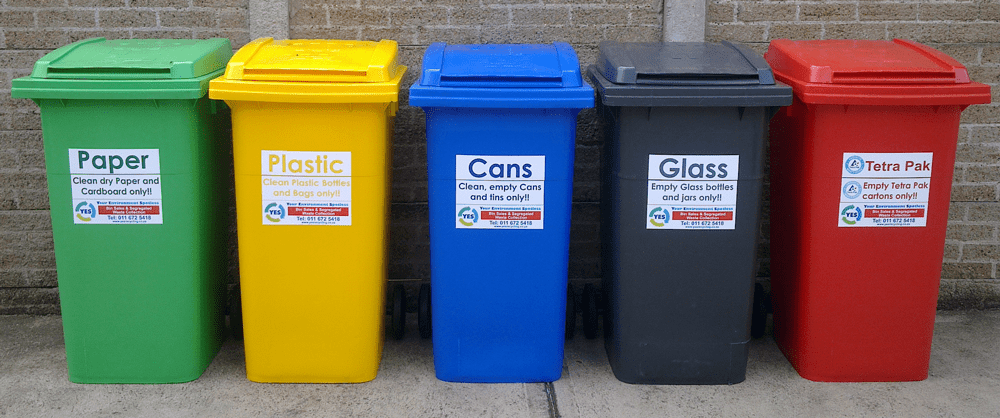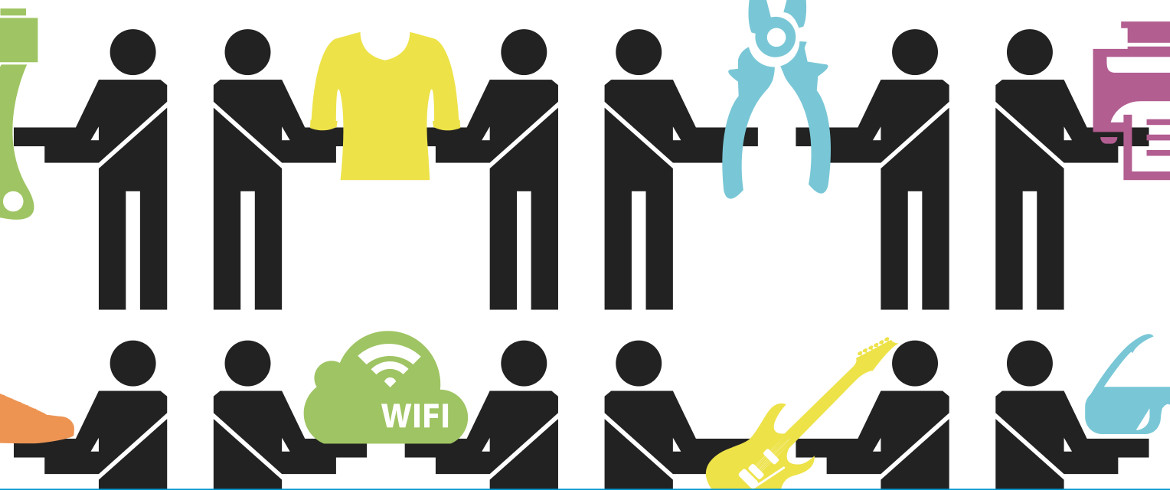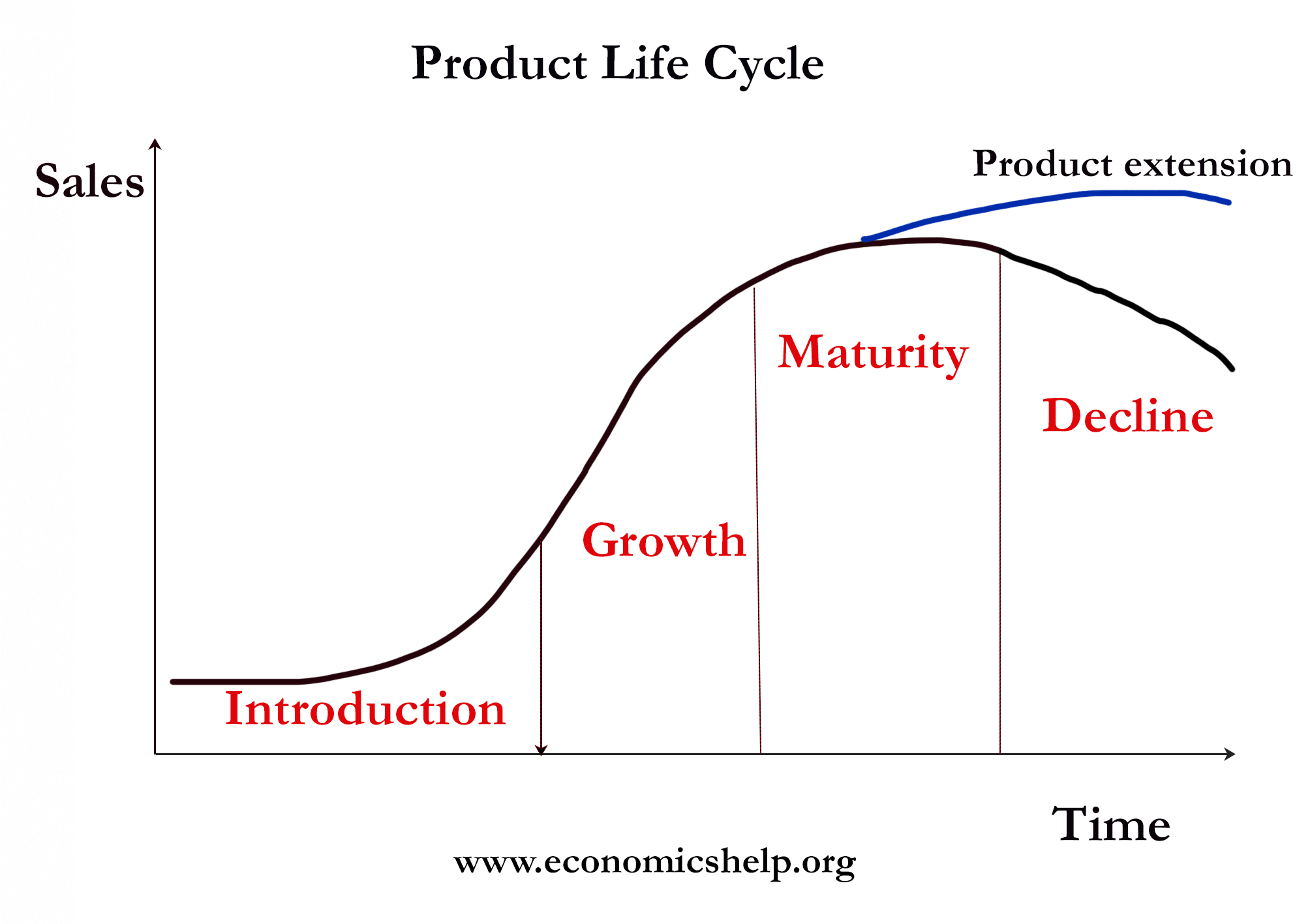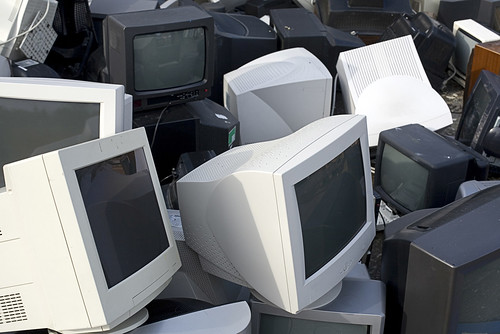Essential Idea: Waste mitigation strategies can reduce or eliminate the volume of material disposed to landfill.

Re-use, Recycle, Repair, Recondition, Re-engineer, Pollution/Waste
What waste mitigation strategies can reduce or eliminate the volume of material disposed to landfill? Waste mitigation strategies can reduce or eliminate materials directed to landfill. The prevention, monitoring, and handling waste, coming up with solutions to deal with pollution and waste.
Re-use Reuse of the same product in the same context or a different context
Repair The reconstruction or renewal of any part of an existing structure or device; to mend/restore/service faulty equipment, the life-cycle of many products is designed so that they/or parts deteriorate over time.

Recycle Recycling refers to using the materials from obsolete products (waste) to create other products

Recondition Rebuilding a product so that it is an "as new" condition, and is generally used in the context of car engines and tires.
Re-engineer To redesign components or products to improve their characteristics or performance
Dematerialization Reducing the quantities of materials - trying to "do more with less" by looking at the constraints of the materials we use, through reduction and reuse of materials.
Methodologies for Waste Reduction and Designing Out Waste
Life Cycle Analysis Refers to the overall impact of a product - it is a technique to assess environmental impacts associated with all the stages of a product's life from cradle to grave (i.e., processing, manufacture, distribution, use, repair and maintenance, and disposal or recycling). It is essentially the assessment of the effect a product has on the environment.
Dematerialization


Dematerialization is a powerful strategy that many manufacturers are now pursuing to improve their triple-bottom line. Through product and process design and innovation, manufacturers and their suppliers are figuring out how to do more with less, using strategies such as de-weighting, use of recycled materials, and design for durability, re-use, and recycling.
Key definition: it is the reduction of total material and energy throughout any product and service, and thus the limitation of its environmental impact.
Product Recovery Strategies at End of Life/Disposal
I. Recycling Recycling refers to using the materials from obsolete products to create other products. For example, recycling aluminium cans.
II. Raw Material Recovery This refers to the process of separating the component parts of a product to recover the parts and materials. For example, retrieving the modular components of a phone
III. WEEE Recovery Abbreviated from 'The Waste Electrical and Electronic Equipment Directive', it is the European Community directive 2012/19/EU on waste electrical and electronic equipment.
WEEE is a complex mixture of materials and components that, because of their hazardous content, and if not properly managed, can cause major environmental and health problems.
IV. Energy Recovery Waste-to-energy (WtE) or energy from waste (EfW) is the process of generating energy in the form of electricity and/or heat from the primary treatment of waste. Most WtE processes produce electricity and/or heat directly through combustion, or produce a combustible fuel commodity, such as methane, methanol, ethanol, or synthetic fuels.
Bio-bean is an example of such - using coffee to produce energy.
Circular Economy with the Use of Waste as a Resource within a Closed Loop System
The concept of a circular economy requires designers to consdier the subsequent use of materials, components, and the embedded energy in a product. This can only be achieved by innovative design and consideration of further cycles of development. Designers must ask themselves the question, "How can this product be made to be made again?"


There are three central strands to this concept: cradle-to-cradle, design thinking, design for disassembly, and design inspired by nature that favors diversity and which there is no waste.
Key definition: An economy model in which resources remain in use for as long as possible, form which maximum value is extracted while in use, and the products and materials are recovered and regenerated at the end of the product life cycle.
















